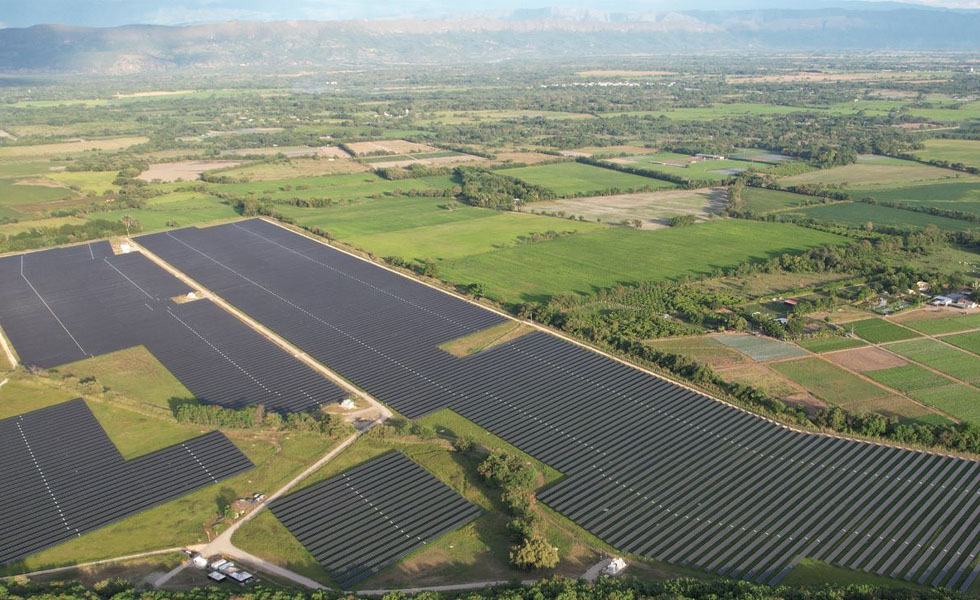
According to a research report published earlier this year, Europe has the potential to deploy 51TW (51,000GW) of agricultural photovoltaics.
Considering the power generation and agricultural potential, the researchers found that if all possible land was utilized, 51TW of agricultural photovoltaic power capacity in Europe would be feasible, equivalent to 71,500TWh of electricity generation per year, 25 times the current electricity demand in Europe.
Three agricultural PV configurations were considered in the study: single-facial fixed-tilt modules suspended from above, single-facial soalr panel single-axis solar panels with tracking mounts whose angles can be changed throughout the day, and bifacial modules erected like a fence.
The 51TW is based on a test situation in a field in Denmark and then mathematically extrapolated to simulate the rest of continental Europe. The optimal capacity density of agricultural photovoltaics is about 30W per square meter, so that at least 80% of the land can be used to grow crops.
Results were uneven across the continent, with penetration potential for agricultural PV varying from just 1% of available land in Norway to as high as 53% in Denmark. Solar irradiance is higher and energy production is greater at lower latitudes.
Keeping electricity production and agricultural production on the same land is key to agricultural PV, an approach that has the potential to quell many of the concerns that the PV and agricultural industries face regarding available land, food and energy security, local community opposition, NIMBYism, and the broader climate crisis.
Among component configurations, single-axis tracking seems the most promising, but also the most expensive. It was found that the single-axis tracking and vertical assembly provided the most consistent level of solar irradiance reaching the ground, and the tracking assembly also provided the highest power output. Fixed-tilt modules will produce obvious shadow streaks on the ground, which may affect crop yields, and at the same time cannot achieve stable power generation around the clock.
The Dutch government has recently taken effective measures to ban the use of agricultural photovoltaic technology on Dutch farmland. This move has shocked representatives of the national solar energy industry. Farmers' protests against plans to scale back the agricultural photovoltaic industry continue.
Agricultural photovoltaics can bring benefits to crop production and power generation, and many adopters hope to strike a balance between photosynthesis and photovoltaic power generation to effectively optimize land use. The most obvious and major issue is sharing the land itself, as it is more practical and economical to be able to produce both food and electricity in the same area.
In addition, solar panels provide shade in dry climates, making irrigation and water retention easier, fostering a more vibrant ecosystem beneath the modules. Crops beneath or adjacent to photovoltaic modules can also be more efficient through water vapor evaporative cooling systems.
